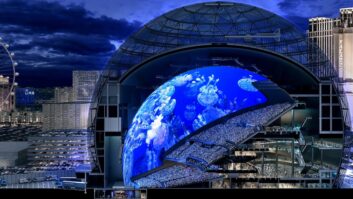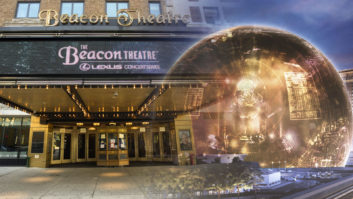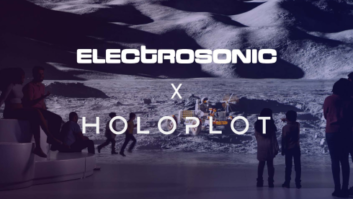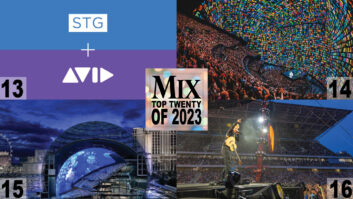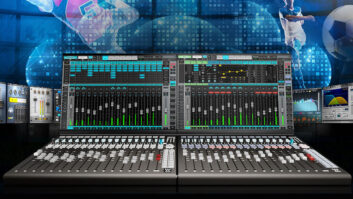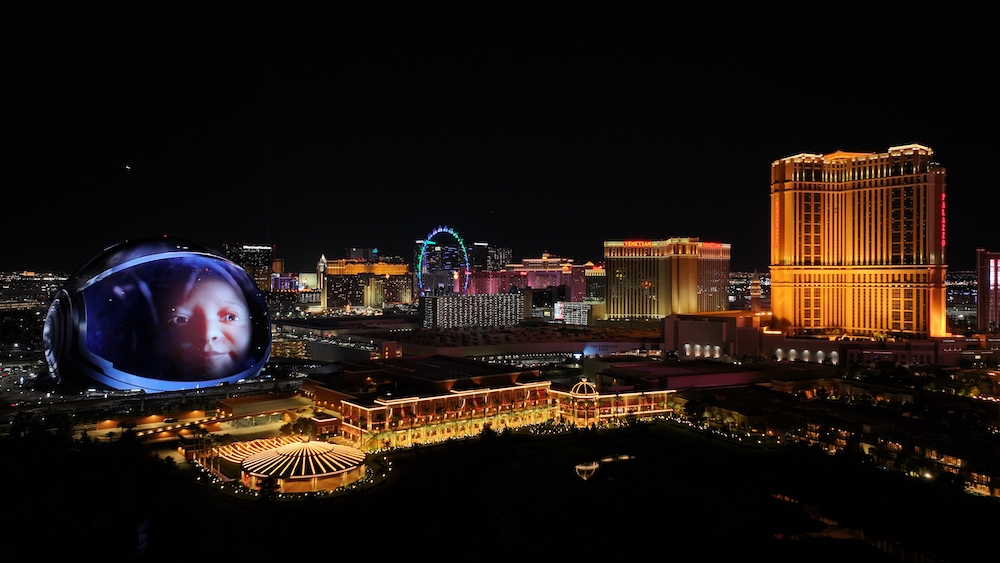
Las Vegas is having a moment. It has long been a dynamic city, constantly reinventing itself, the skyline in constant flux as one old casino after another implodes to make way for a bigger, better, newer version.
Over the decades, it has largely shed the Sin City label of the Rat Pack and gangster era, eventually adopting the coy “What happens in Vegas stays in Vegas” tagline, before embracing more wholesome family entertainment like Cirque du Soleil and Blue Man Group.
Lately, the entertainment options have been dialed up to 11 with newer, better and way, way bigger venues sprouting up outside of the hotels and resorts. Allegiant Stadium, for instance, was constructed for $2 billion and opened in 2020 as the new home of the NFL’s Raiders franchise; it will host Super Bowl LVIII in February 2024.
Outside of game day, as many as 45,000 music fans have gathered there to see the likes of Beyoncé, Taylor Swift and Blackpink.
Closer to the Strip, the 20,000-seat T-Mobile Arena, home of the NHL’s Golden Knights, has seen George Strait, Lady Gaga and Elton John perform and has hosted nationally televised music awards shows, including the Latin Grammys. Meanwhile, plans are underway for the construction of a 33,000-seat stadium on the site of the Tropicana for the proposed relocation of baseball’s Oakland Athletics.
Mixing U2’s Mighty Sound for the Sphere
In fact, along the Strip and beyond, new and revitalized venues—Dolby Live at Park MGM, Resorts World Las Vegas, The Colosseum at Caesars Palace, to name but three—have been hosting a galaxy of rock, pop and R&B stars.
In recent years, Adele, Katy Perry, Luke Bryan, Carrie Underwood, Usher, Aerosmith and Bruno Mars have all settled in for long residencies at the city’s 4,000- to 7,000-seat venues.
Seven years ago, while brainstorming ways to reinvent the live entertainment business, James L. Dolan, who oversees Madison Square Garden and the Beacon Theatre in the heart of New York City, and owns the Knicks (NBA) and Rangers (NHL) franchises, drew a circle on a legal pad.
This was to be the ne plus ultra of venues, guaranteed to blow audience’s minds not just with sound and vision, but also touch. New York already had plenty of large venues, so Dolan set his sights on Las Vegas. It was up to his chief technologist, David Dibble, to sweat the details.
Constructed behind the Venetian Resort in Las Vegas at a cost of $2.3 billion, Sphere—the owners say there is no “the”—seats 17,600 people in a multi-tiered bowl or 20,000 with the general-admission floor open. Said to be the world’s largest spherical structure at 516 feet in diameter by 366 feet tall at its peak, the venue is integrated with innovative immersive audio, video and haptic technologies, some of it developed in-house by the Sphere Entertainment company.
SOUND PLAYBACK, SOUND OPTIONS
Before hearing a single note from the sound system, visitors are immediately struck by the gigantic video screen—the “media plane,” in the parlance of the Sphere team. It’s overwhelming, boasting 3.7 acres of screens, or nearly the size of three football fields, including end zones.
Extending beyond the field of vision, above and to the sides, the layout encourages audience members to choose their own experiences by focusing on whatever catches their eye. Outside, too, Sphere’s dome is covered with an all-enveloping LED screen, programmed to show eye-catching art—geometric patterns, a giant yellow face, the moon, a jack-o’-lantern—and marketing images 24/7.
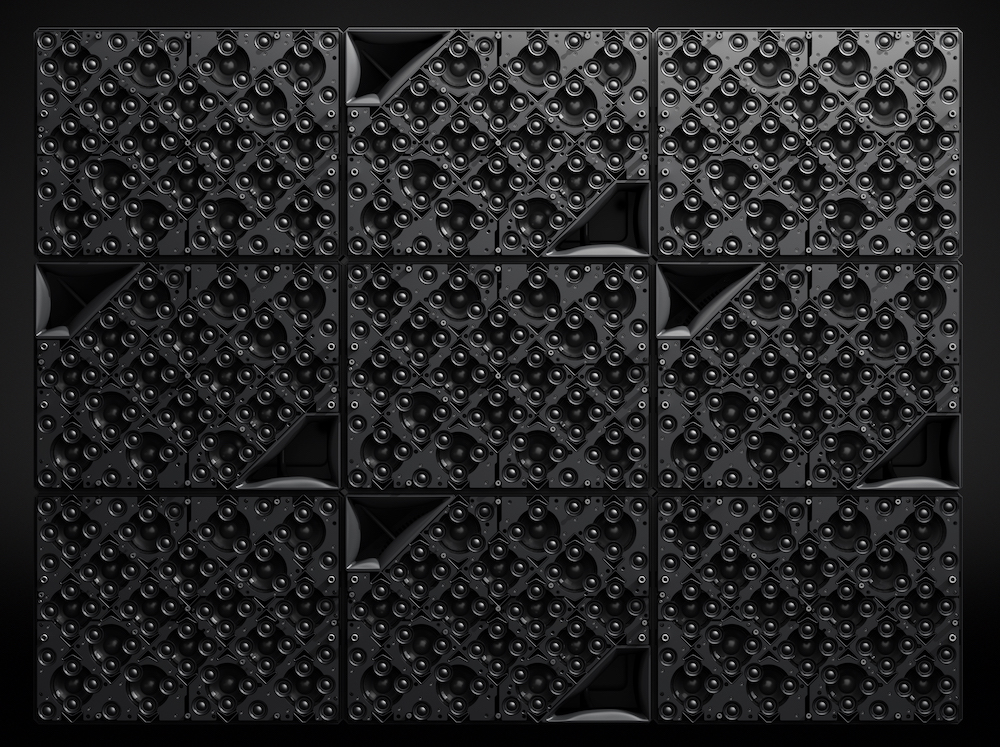
The installed audio system, officially known as “Sphere Immersive Sound—powered by Holoplot,” comprises approximately 1,600 X1 matrix array speaker cabinets from the German manufacturer installed behind the screen. Holoplot’s algorithms compensate for any transmission loss. Each Holoplot cabinet houses nearly 100 drivers in a matrix of three layers, supporting low, mid and high frequencies, respectively, controlled by the company’s advanced DSP. The orb’s immersive setup, with speaker arrays positioned above, around and behind the audience, is anchored at the front by what is reportedly the world’s largest loudspeaker array, a total of 464 X1 modules, installed where the proscenium would be in a regular theater.
Italy-based manufacturer Powersoft’s ultra-high-efficiency amplification powers the 167,000 speaker drivers, the company’s Power Factor Correction and Class-D Pulse Width Modulation tech contributing to a reported 40 percent carbon footprint reduction and associated energy savings.
Powersoft’s patented Integrated Powered Adaptive Loudspeaker technology is incorporated into Sphere’s Holoplot X1 system subwoofers.
It might all sound a little complicated, but as Holoplot’s head of product, Michael Kastner, reassures, “If you want a stereo mix, just do a stereo mix. Your workflow doesn’t have to change.” The system has been pre-configured and precisely tuned for a variety of standard speaker layouts, he says, so if Sphere is just one more show on the tour itinerary, there is zero learning curve for the FOH engineer. The more ambitious, like U2, can develop their own sound design and collaborate with Sphere’s in-house team to implement it. “We try to make our technology easy for people to deploy,” he says.
